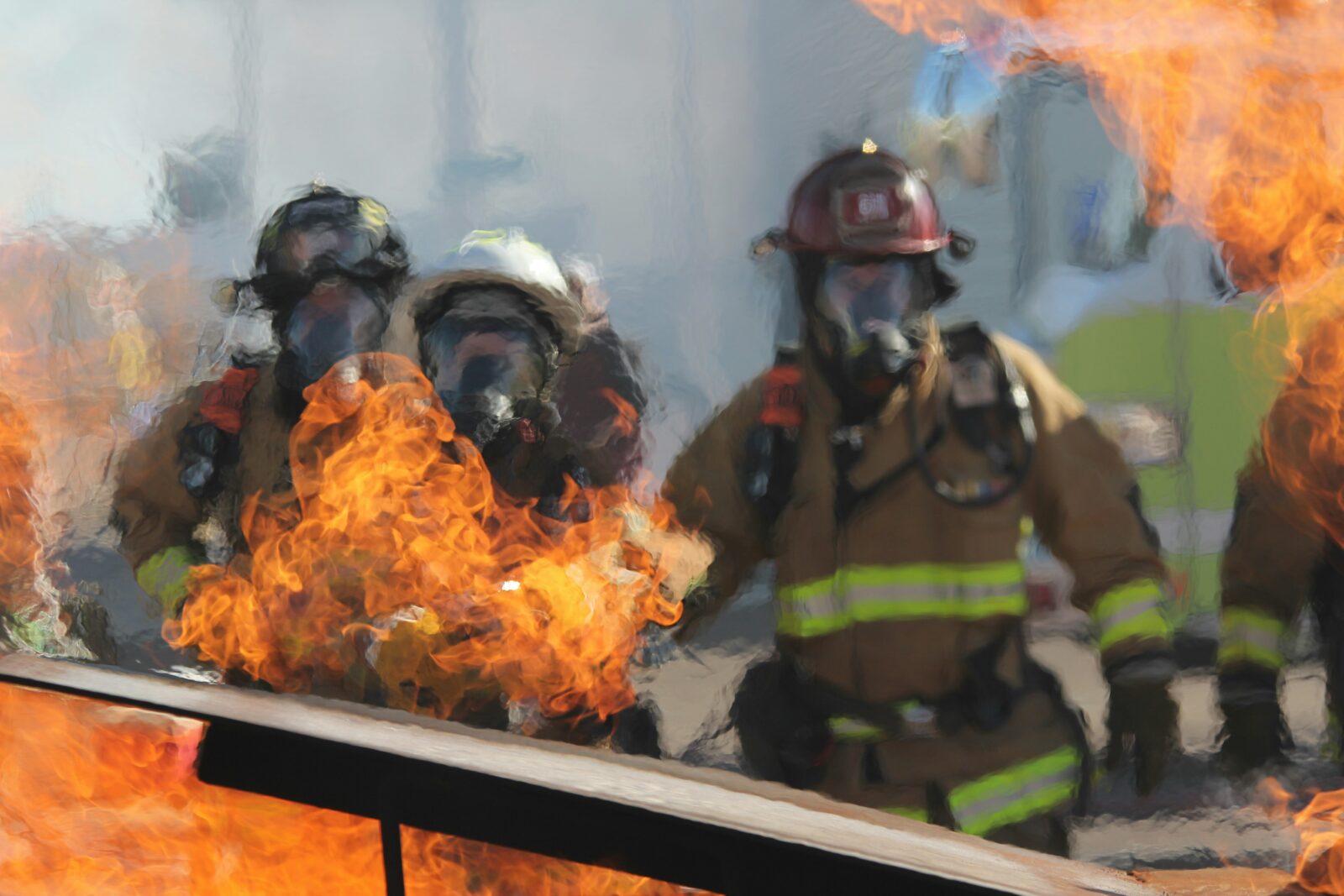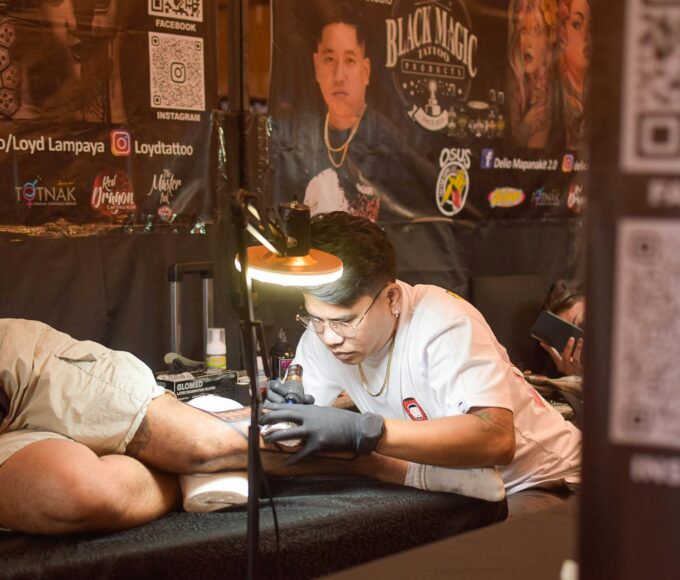It is a vital task in any work environment in terms of fire safety. Sometimes old style fire extinguisher training becomes boring or does not achieve the desired effects which gives the employee no idea of what to do in his case of an actual fire. Introduce immersive VR fire extinguisher training the game-changer in the safety training approach. Think of entering into a virtual environment as close to real world as you can possibly get in which you will be able to practice operating fire extinguishers no longer facing dangers of live demonstration.
Due to technology changes, VR has become a strong teaching and skill training method. It is interactive, and therefore attractive and fosters learning retention. With working environments doing all they can to make their workplace safe, it is reckoned that studying the possibility of using VR training with fire extinguiser will be vital. Interested to see how such an innovative learning system can make learning exciting not only but also dramatically increase the preparedness in regard to safety among the employees? Let us take a closer look.
Benefits of Using VR for Fire Extinguisher Training
Fire extinguisher training virtual reality has a dynamic way of learning. The participants will have the opportunity to participate in simulated environments without the danger of actual fires.
Retention is one of the great advantages. Research indicates that memory is elevated by immersive episodes. Individuals learn better in conditions that resemble real life and they often remember the procedures learnt.
There are also cost savings involved. The conventional training is one that entails buying equipment and materials to be used during physical training. Under VR, the companies will save these recurrent expenses but yet will offer effective training solutions.
The level of engagement also skyrockets with VR. The feeling of being an active participant will make the user feel less like a passive learner, which enhances motivation and interests throughout the session.
Uniform accessibility is enhanced with the help of the virtual simulation. Workers are able to train where they like and when they like, which enables them to create a safety culture within different working environments.
How Immersive VR Training Works
Immersive VR training takes the users into a realistic digital space. The participants put on headsets that can give a 360-degree event and they feel like they are actually taking part of the situation.
During training where trainees play different scenarios in relation to fire, they engage with the virtual aspect that is manipulated by motion controllers. Such a practical attitude develops a better awareness of equipment and methods.
Real-time feedback is more effective in learning as it gives participants an opportunity to be able to observe the consequences of their actions. As an example, inappropriate selection of the extinguisher type may evolve and propagate simulated fires.
Various situations are used so that trainees will be exposed to variety of challenges. This diversity helps them to be prepared to face unexpected events of the real life and also instills confidence in their abilities.
Also, the bulletin board software contains analytics tools allowing instructors to monitor the progress. Such information can be used to enhance training methodologies based on each person and the areas needing improvement.
Real-Life Scenarios in VR Training
vr fire extinguisher training also provides an experience in real-world scenarios. The users may undergo different types of fire, including fires in the kitchen or electric fires. This practical/direct way of learning presents a safe practice on learning that is not dangerous to an injury due to the flames themselves.
All of the situations will be modelled after typical working problems. The trainees are required to evaluate the scenario and decide on how to take the next appropriate step. The immersion aspect assists in supercharging the decision making skills, especially when stressed.
The participants walk in and out of smoke-filled rooms and are under pressure because of the feeling of emergency, and they must respond in training. They are taught how to recognise various kinds of extinguishers and how and when to make good use of them.
Feedback is real time and can help the users get to know whether they did something right or wrong as soon as they do it. Exposure to real-life situations in a risk-free environment helps the participant remember more so that they are assured of their competency in real situations.
Cost-Effectiveness of VR Training
The VR fire extinguisher training will help in saving cost to organizations in a major way. The use of any conventional training is most likely to be costly in terms of equipments and facilities not to mention the presence of skilled trainers.
Companies have the potential to reduce these costs by a significant margin with the help of virtual reality. After commissioning the initial investment into VR software and hardware, its subsequent expenses are significantly lower than the ones connected with the traditional training courses.
Also, employees will be able to learn at their own time and not miss work as well as not traveling to external venues. This elasticity also minimizes underutilization and wastes.
Moreover, VR learning experiences increase the rate of retention in trainees. This implies that less number of refresher courses will be required with time and this will be seen in the long term financial gain to a business that is well-motivated towards safety education.
When working in the world where every dollar can matter, investing into VR fire extinguisher training will prove to be a good economic decision as well as the one that leads to the increased safety in the workplace.
Case Studies and Success Stories
There are lot of organizations already adopting VR fire extinguisher training and the outcome is self explanatory. As an example, the rate of confidence in addressing fire-related emergencies in one of the most prevalent manufacturing giants was up by 40 per cent after the adoption of VR training. The immersive setting gave a chance to workers to train in live conditions without any risks.
Another example was that of a healthcare facility that experienced problems with a conventional system of training. Once they implemented VR as part of their safety measures, they also achieved high retention rates of emergency steps by members of the staff. The personnel was more ready and interested in the real drills.
One of the tech startups also reported its successful experience using this new approach. The team also enjoyed quicker induction of new employees through VR training made to their own living risks and laws. This helped in not only improving the safety aspect but also reinforced the culture of active learning.
These cases provide the insights of how a proper training in vr fire extinguishers can be used to revolutionize overall safety in numerous kinds of industries and make working environments safer by using new and exciting methods of approach to education which would really speak to each worker.
















